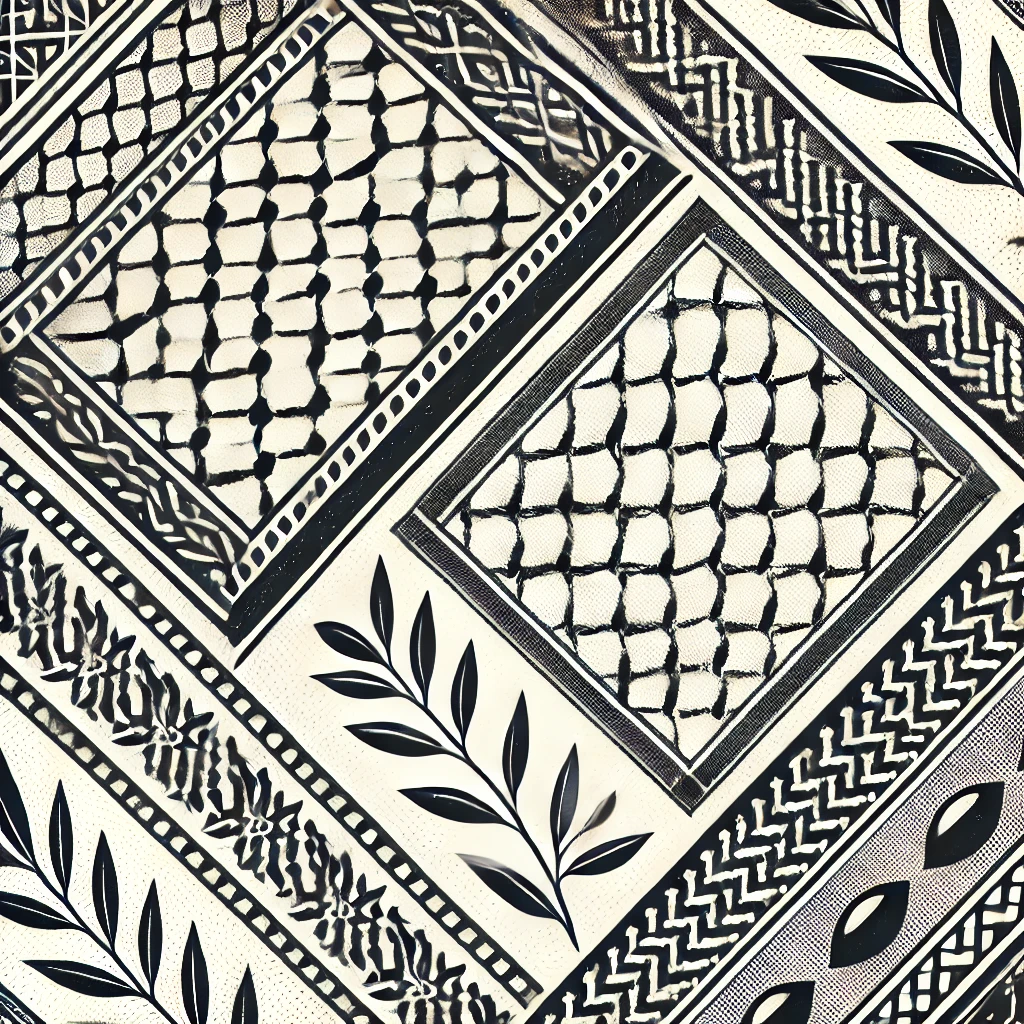
How Can I Help?
Together We Can Make a Difference
🇵🇸 Support Gazan Creators on YouTube
In the face of unimaginable hardship, many brave content creators in Gaza are documenting daily life, organizing aid initiatives, and uplifting their communities — all while under siege. By watching their content and engaging with their channels, you can make a tangible difference.
👉 Visit our Support Channels page to:
- Discover verified YouTube channels run by civilians in Gaza and support them through:
- Engaged Viewership: Watch their videos attentively (ideally for at least 3 minutes), like, comment, and share. This helps increase their reach and monetization through YouTube. 👉
- Direct Support: If you’re able, consider sending a Super Thanks, joining as a channel member, or donating through the creator’s provided links (e.g., WhatsApp, PayPal, or crowdfunding platforms). 👉
Understanding the Current Situation in Gaza
Life for Civilians
-
Economic Collapse: The ongoing blockade and conflict have devastated Gaza's economy. With most banks closed and traditional money transfers halted, residents are financially isolated, relying on informal networks for any financial assistance.
-
Scarcity and High Prices: Essential goods have become prohibitively expensive due to supply shortages and market manipulation. For example:
-
Water and Sanitation: Bombings have damaged water purification plants, leaving only two operational. These rely on seawater to provide purified drinking water, but access is extremely limited. For other needs, saltwater is used due to a lack of clean water.
-
Medical Shortages: Medicines are scarce and often sold on the streets by unlicensed individuals, raising serious health risks. The World Health Organization reports that 40% of essential treatments are unavailable, with increasing cases of malnutrition, disease, and injury4.
Refugee Camps and Living Conditions
-
Mass Displacement: As of early 2025, over 90% of Gaza's population—approximately 2 million people—have been internally displaced. Many have sought refuge in overcrowded camps like Al-Mawasi, now home to over 500,000 people56.
-
Harsh Winter Conditions: The winter of 2024–2025 brought flooding and destruction to over 110,000 tents, increasing cases of hypothermia and respiratory illness78.
-
Inadequate Shelter and Resources: Displaced families live in makeshift shelters made of salvaged materials, with poor sanitation and high risk of disease910.
Aid Challenges and Distribution
Market Dynamics
-
Severe Shortages: Markets are nearly empty. Staples like flour and cooking oil are scarce and priced out of reach1112.
-
Inflated Prices: Flour now costs up to $415; other basic items follow suit1314.
-
Aid Distribution Challenges: Despite some trucks entering Gaza, they fall short of what’s needed. Looting, delays, and lack of coordination reduce impact1516.
Challenges in Aid Distribution
-
Lack of Security: The absence of governance has led to disorder. In one incident, 98 of 109 aid trucks were looted by armed gangs17.
-
Favoritism: Without oversight, aid often reaches those with connections, not those in greatest need.
-
Artificial Scarcity: Some merchants hoard supplies to raise prices, worsening access for the average citizen.
Methods of Financial Support
Transferring Money into Gaza
- Currency Exchange System: A common workaround involves outsiders sending money to a contact (via paypal/youTube thanks/gofundme, etc...) who releases local balances in Gaza — the most common and effective method of support.
Using Donations Effectively
-
Direct Purchases: Donations are pooled to buy goods locally and distribute them to those who can't afford inflated prices.
-
Documentation and Accountability: Trusted channels like غزة المعجزة document aid efforts publicly to ensure accountability.
Important Considerations for Donors
-
Documentation: Ensure your donations are traceable through receipts, videos, or tracking sheets.
-
Verification: Use only verified channels — our list includes Gazans who livestream and document their on-the-ground efforts transparently.
-
Essential Supplies: Focus on funding food, water, medicine, and shelter, which remain the most urgent needs for displaced families.